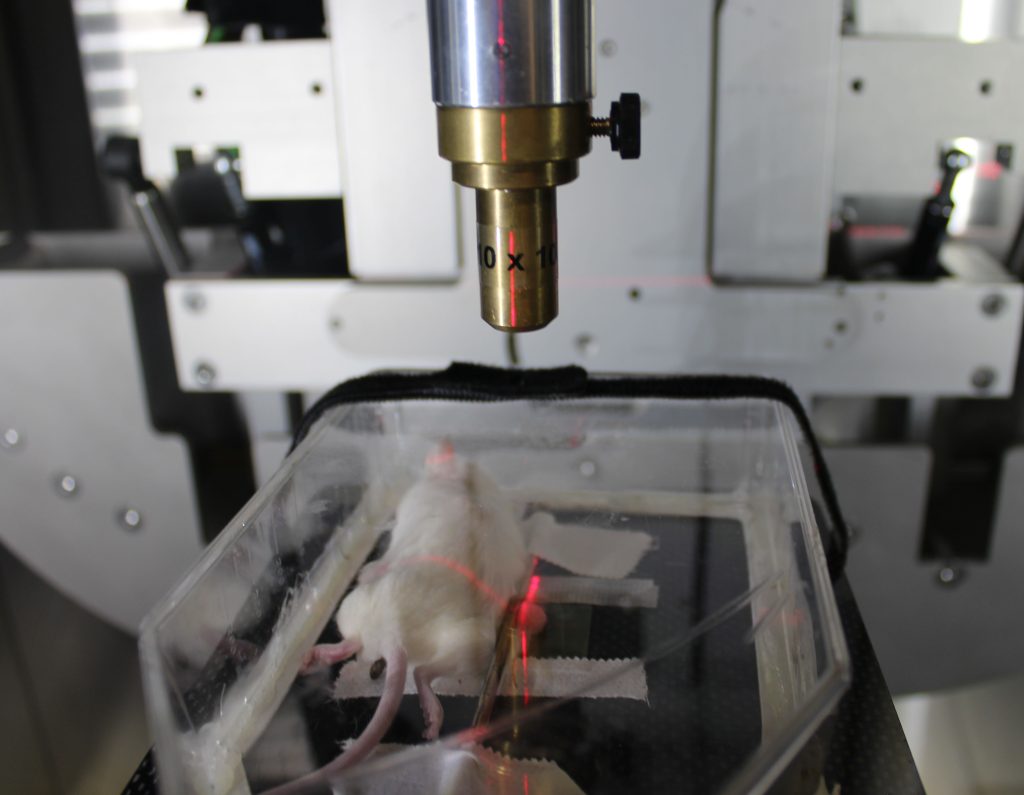The Promising AA005 Compound
AA005’s Anti – obesity Effects in Mice
In mouse experiments, AA005, an analogue of annonaceous acetogenins, has shown remarkable capabilities in regulating lipid metabolism. It can significantly reduce diet – induced obesity, improve glucose tolerance, and enhance insulin resistance. This compound, an analogue of an active ingredient in traditional Chinese medicine, holds great promise for clinical treatment of obesity. Annonaceous acetogenins are active components in the roots of the custard apple, a fruit also known as sugar – apple. AA005 was synthesized by Professor Yao Zhujun’s team at Nanjing University based on annonaceous acetogenins. On October 22, an online paper published in the international academic journal Nature Communications stated that in mouse experiments, AA005 can effectively increase the metabolic rate, boost energy consumption, reduce fat accumulation, and significantly decrease diet – induced obesity while improving glucose tolerance and insulin resistance. These findings suggest that AA005 has the potential to be developed into a new drug for treating obesity and related diseases.
The Research Team and Their Findings
Professor Wang Lishun from Fudan University, President Chen Guoqiang of Hainan Medical University (also a professor and academician of the Chinese Academy of Sciences), and Professor Yao Zhujun from Nanjing University are the co – corresponding authors of the aforementioned paper. Dr. Han Bing, Dr. Li Zhanming from Fudan University, and Dr. Zhao Xuyun from Shanghai Jiao Tong University School of Medicine are the co – first authors. In the newly published paper, the joint research team discovered that AA005 can regulate lipid metabolism. Moreover, the anti – obesity effect of AA005 depends on its interaction with the protein HADHA in the inner mitochondrial membrane, thereby activating the thermogenic pathway mediated by uncoupling protein 1 (UCP1). Without UCP1, the beneficial effects of AA005 on reducing obesity would be nullified. AA005 loses its anti – obesity activity in HADHA – knockout mice. However, mice with HADHA – specific knockout in adipose tissue still exhibit anti – obesity effects, indicating that HADHA might be a valuable therapeutic target.

The Mechanism of AA005’s Action
Researchers found that AA005, being lipid – soluble, specifically accumulates in adipose tissue, enters the mitochondria of fat cells, and interacts with the protein HADHA in the inner mitochondrial membrane. This interaction leads to a change in the cardiolipinase activity of HADHA, a decrease in the content of mature cardiolipin on the mitochondrial membrane, activation of uncoupling protein 1 (UCP1), promotion of heat production, effective increase in energy consumption, and elevation of body temperature.
AA005’s Anti – tumor and Therapeutic Implications
Previously, Professor Wang Lishun’s team found that analogue AA005 can kill colorectal cancer cells, showing significant anti – tumor effects. These studies further reveal the pharmacological mechanism of the traditional Chinese medicine custard apple root in treating heat – toxin and bloody dysentery, and may also provide a new treatment strategy for obese cancer patients.












































Discussion about this post